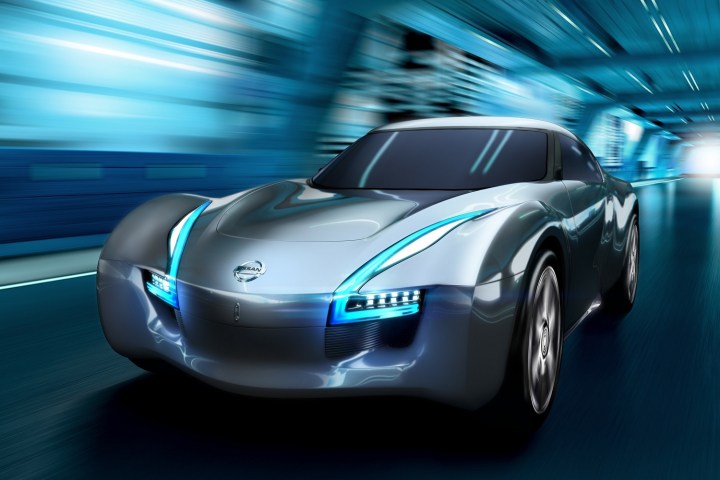
The centerpiece of the expansion is a brand new modular platform that’s being developed to underpin both cars powered by an internal combustion engine and all-electric models. Adopting a modular platform will allow Nissan to slash its research and development budget, and greatly lower the cost of the components that make up an electric drivetrain.
Nissan expects the first car built on its new modular architecture will launch in about five years. The second-generation Leaf won’t benefit from the platform because it will be introduced before the end of next year, but the architecture will likely be inaugurated by a battery-powered crossover.
“We’re the leading EV manufacturer, but I don’t think we can make it just off one EV, so we want to grow the portfolio — that’s our next plan,” explained Shiro Nakamura, Nissan’s vice president, in an interview with British magazine Auto Express.
The executive also revealed that Nissan hasn’t ruled out building an all-electric sports car, though it’s understandably less of a priority than a crossover. The sports car faces several challenges before it’s given the proverbial green light for production. Notably, mounting the battery pack below the passenger compartment would raise the floor to a level deemed unacceptable for a sports car. Engineers are consequently toying around with several packaging solutions, including installing the pack under the rear seats, or in the transmission tunnel.
The idea of an electric sports car isn’t new at Nissan. The Japanese car maker traveled to the 2011 edition of the Geneva Auto Show to introduce a sleek-looking concept called Esflow that used an evolution of the original Leaf’s powertrain. The Esflow (pictured) offered a maximum driving range of 150 miles, and it could hit 60 mph from a stop in less than five seconds thanks to the instant torque produced by its electric motor. It was well received by the show-going public, but it remained a simple design study.
Editors' Recommendations
- Cadillac aims to balance its lineup with a small electric SUV
- MediaTek wants to bring its phone tech to cars, and Nvidia’s going to help
- Nissan wants the 2023 Ariya to be its comeback EV, but the bar has been raised
- Wemo expands its home security lineup with a smart video doorbell
- Nissan employs certified smellers to check the odor of its new cars




